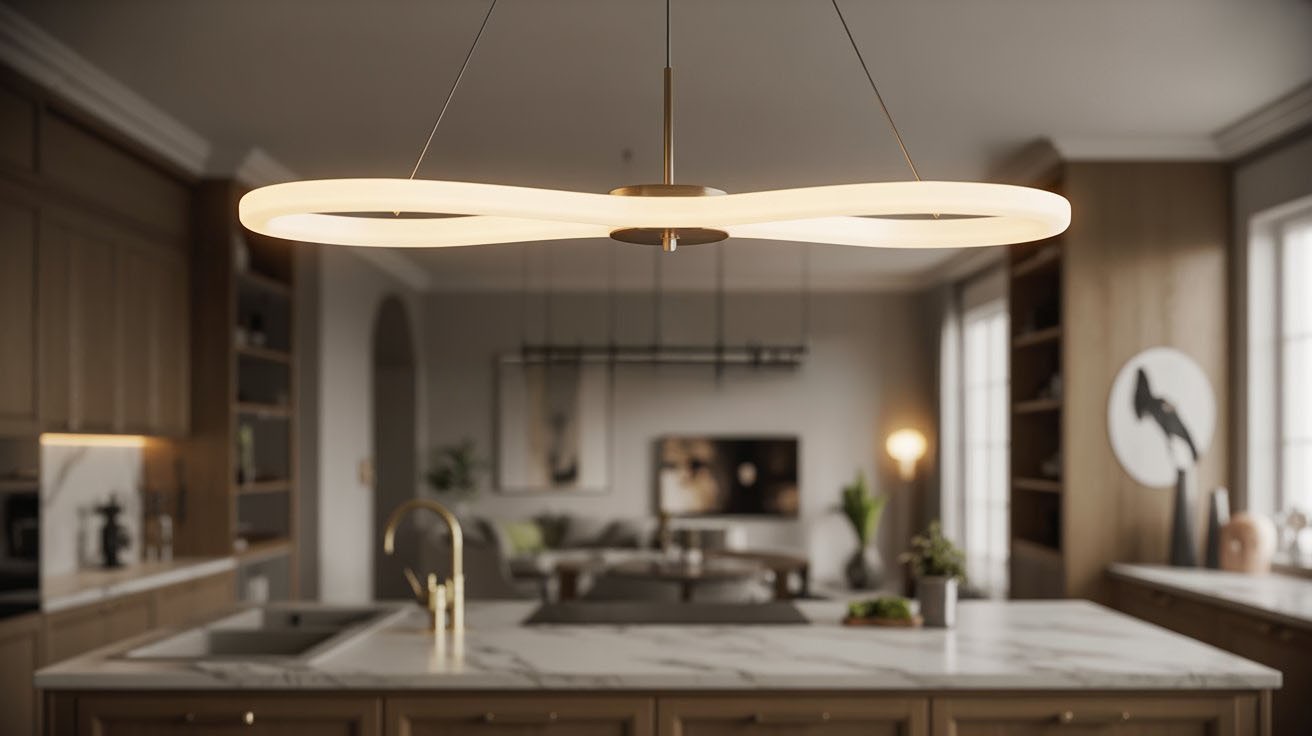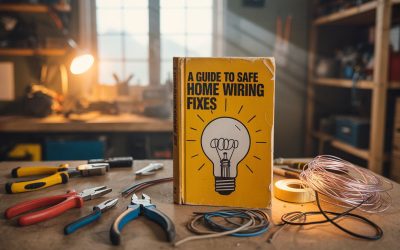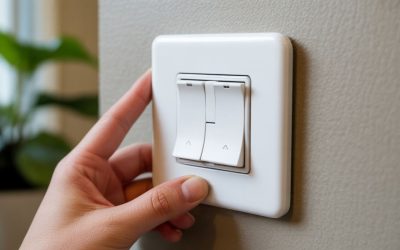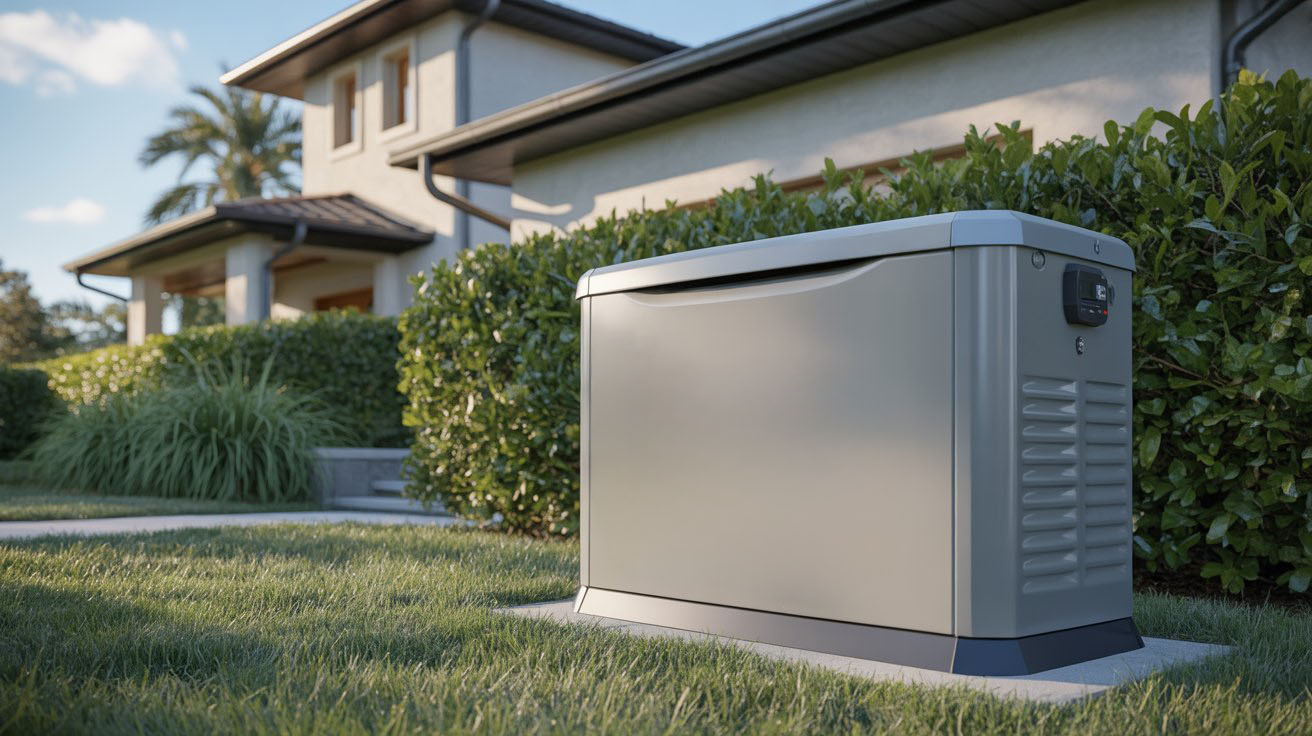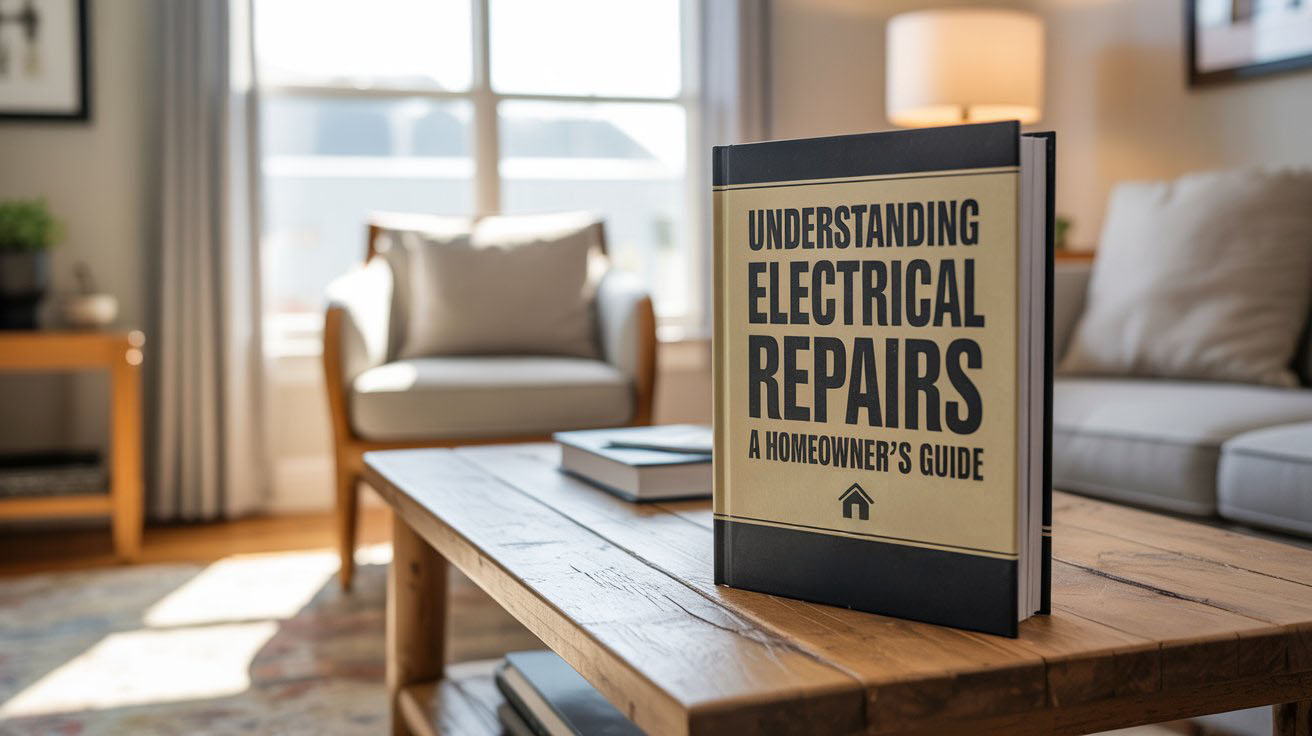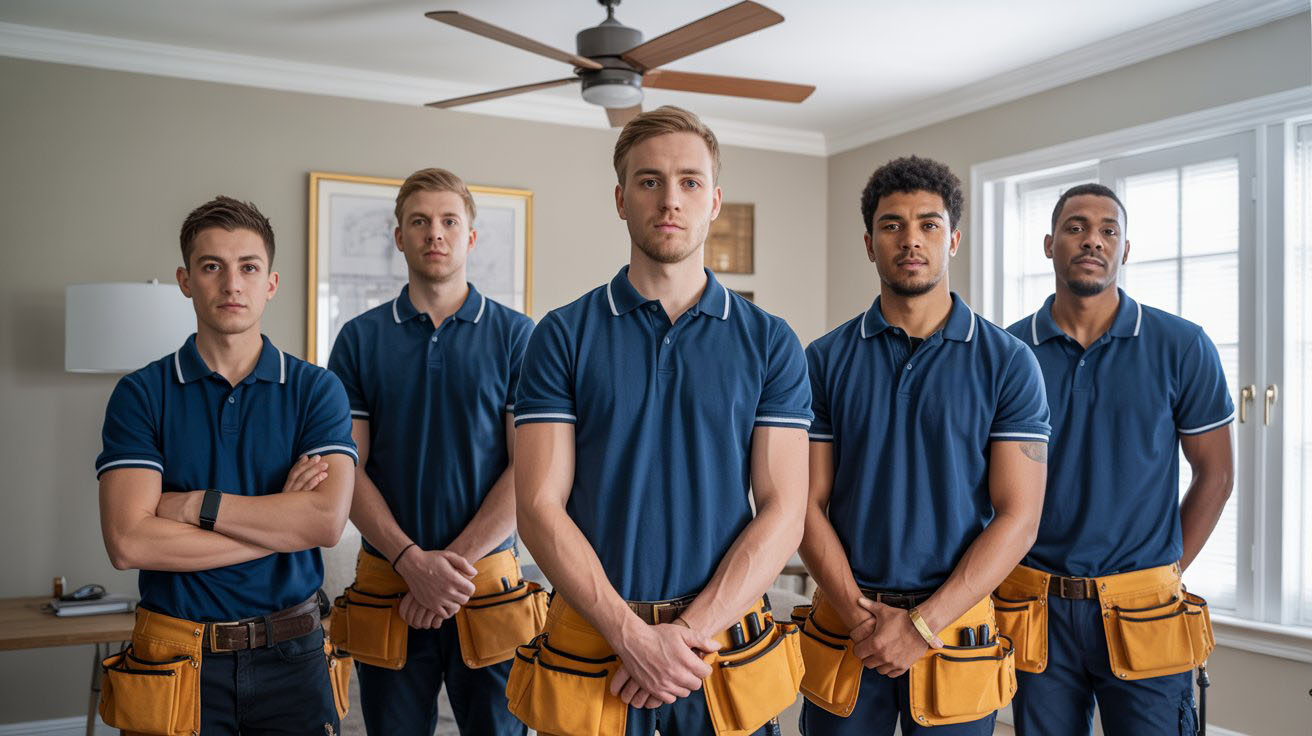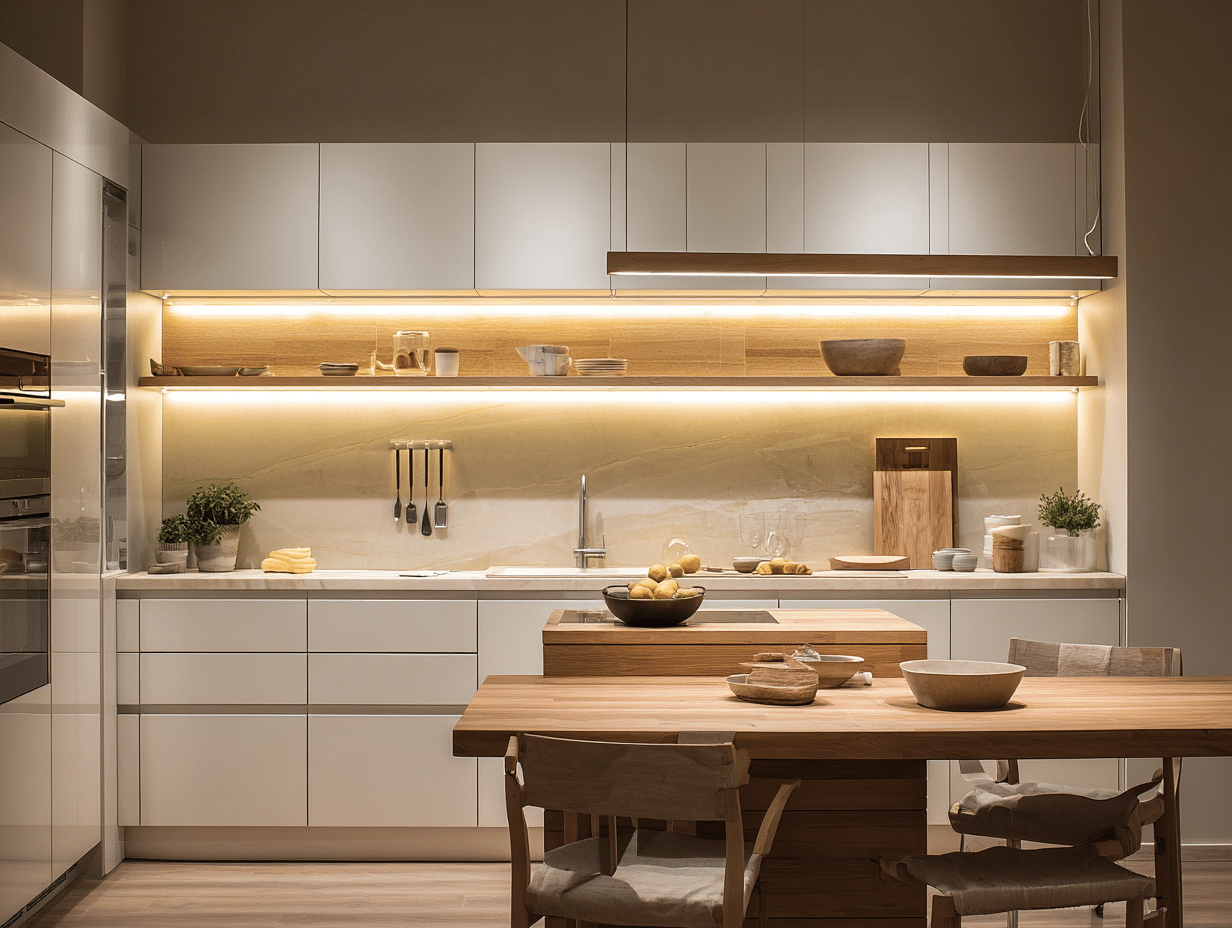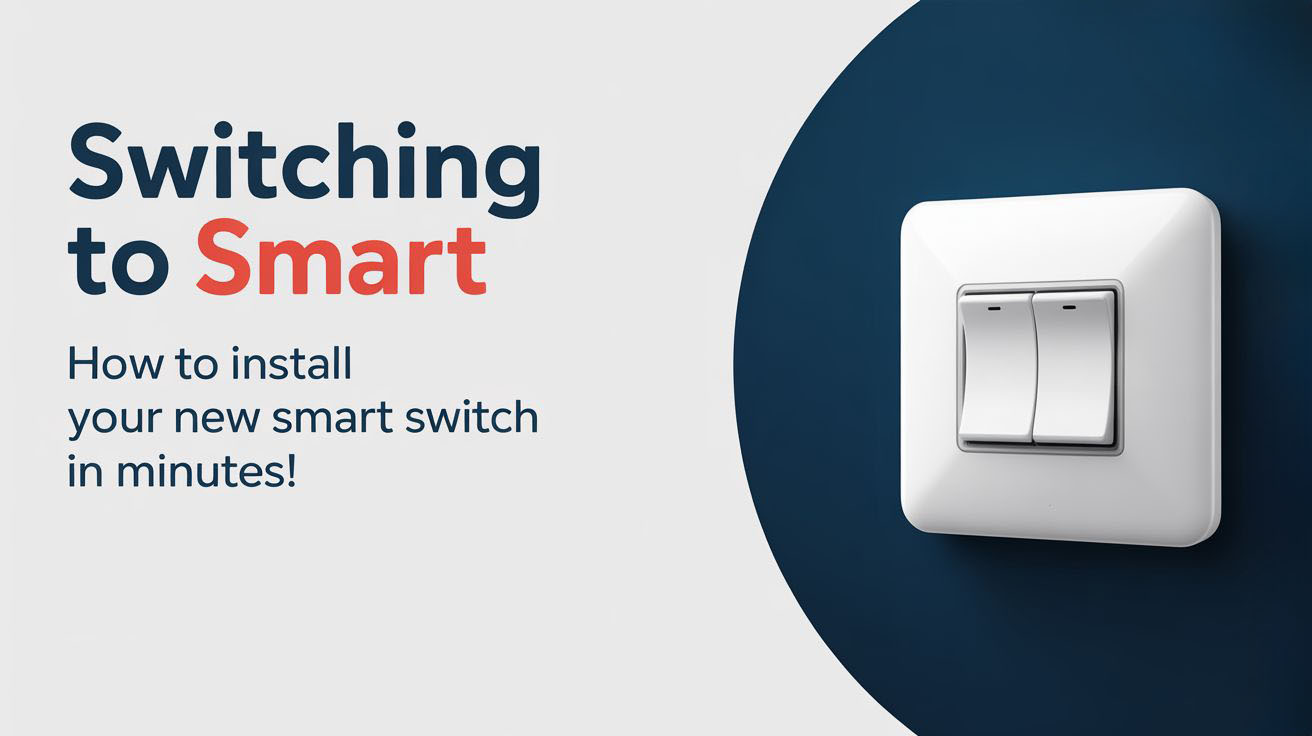The future of home lighting is bright, thanks to advancements in energy-saving technology. Transitioning to LED lighting not only enhances your living space but also significantly reduces electricity bills, making it a smart choice for every homeowner.
Table of Contents
- What Are LEDs?
- Benefits of LED Lighting
- Choosing the Right LEDs
- Practical Installation Tips
- Key Takeaways
- FAQ
- Schedule Your Electrical Service Today
What Are LEDs?
LED stands for Light Emitting Diode. Unlike traditional incandescent bulbs, LEDs produce light through a process involving semiconductors. This method is more efficient, allowing for lower energy consumption and a longer lifespan. While conventional bulbs may last about 1,000 hours, LED bulbs can shine for up to 25,000 hours or more. This longevity means fewer replacements, making them both cost-effective and environmentally friendly.
Many homeowners are now replacing incandescent and fluorescent lights with LEDs, realizing the benefits right away. Whether you’re lighting a living room or an outdoor space, LED options are now widely available, providing flexibility in design and function.
Benefits of LED Lighting
Switching to LED lighting offers a variety of advantages:
- Energy Costs: LEDs consume significantly less energy than traditional bulbs, resulting in lower electricity bills.
- Longevity: With a lifespan of over 25,000 hours, LEDs require fewer replacements.
- Durability: LEDs are more resistant to impact and temperature fluctuations, making them suitable for a wide range of settings.
- Instant On: Unlike some bulbs that take time to warm up, LEDs reach full brightness instantly.
- Variety of Styles: Available in numerous colors and designs, LEDs enable you to customize your home’s ambiance easily.
Investing in LED lighting not only benefits your wallet but also helps reduce your home’s carbon footprint.
Choosing the Right LEDs
When selecting LED lights for your home, consider the following factors:
- Brightness: Measured in lumens, higher lumens provide brighter light. Determine how bright you want each room to be.
- Color Temperature: LEDs are available in various color temperatures, measured in Kelvin (K). Choose cooler temperatures (5,000K-6,000 K) for workspaces and warmer tones (2,700K-3,000 K) for relaxing areas.
- Dimmable Options: If you want flexibility in lighting, check for dimmable LEDs that work well with adjustable switches.
- Quality: Not all LED lights are created equal. Look for trusted brands with good reviews to ensure longevity and efficiency.
Consulting with an electrician can also help you identify the best options for your specific needs.
Practical Installation Tips
Installing LED lights can be straightforward, but some tips can make the process smoother:
- Read Instructions: Always understand the manufacturer’s guidelines before installation.
- Use a Compatible Dimmer: If you’re using dimmable LEDs, ensure your existing dimmer is compatible.
- Check the Voltage: Be aware of your home’s voltage. Using the wrong voltage can damage your LED lights.
- Seek Professional Help: If you’re unsure about any part of the installation, it’s wise to contact an electrician. This ensures safety and proper operation.
Conducting a little research and preparation can help minimize potential issues, leading to a successful transition to LED lighting.
Key Takeaways
– LED lighting offers notable energy savings and longevity.
– Suitable for both indoor and outdoor usage.
– Multiple styles and color options allow for creative design flexibility.
– Professional installation may be advisable for complex fixtures.
FAQ
What is the lifespan of an LED bulb?
LED bulbs can last up to 25,000 hours or more, which is significantly longer than the lifespan of incandescent bulbs.
Are LED lights more expensive than traditional bulbs?
Although the initial cost is higher, the long-term savings on energy bills make LEDs a more cost-effective option.
Can I use LED lights with my existing dimmer switch?
Not all dimmers are compatible with LEDs. Check the specifications or consult an electrician for advice.
Are LED lights safe for outdoor use?
Yes, many LED lights are designed specifically for outdoor environments, but ensure they are rated for such use.
Do LED lights produce heat?
LEDs produce minimal heat compared to incandescent bulbs, making them safer to touch and use in various settings.
Schedule Your Electrical Service Today
Ready to transform your home with energy-efficient LED lighting? Our experienced electricians are here to assist with installation. Contact us today to start your journey towards a more energy-efficient living space.

